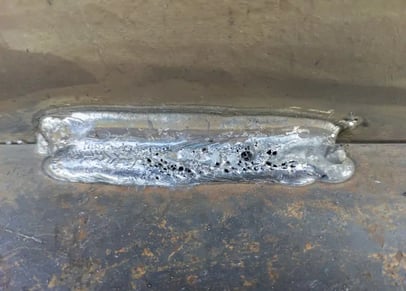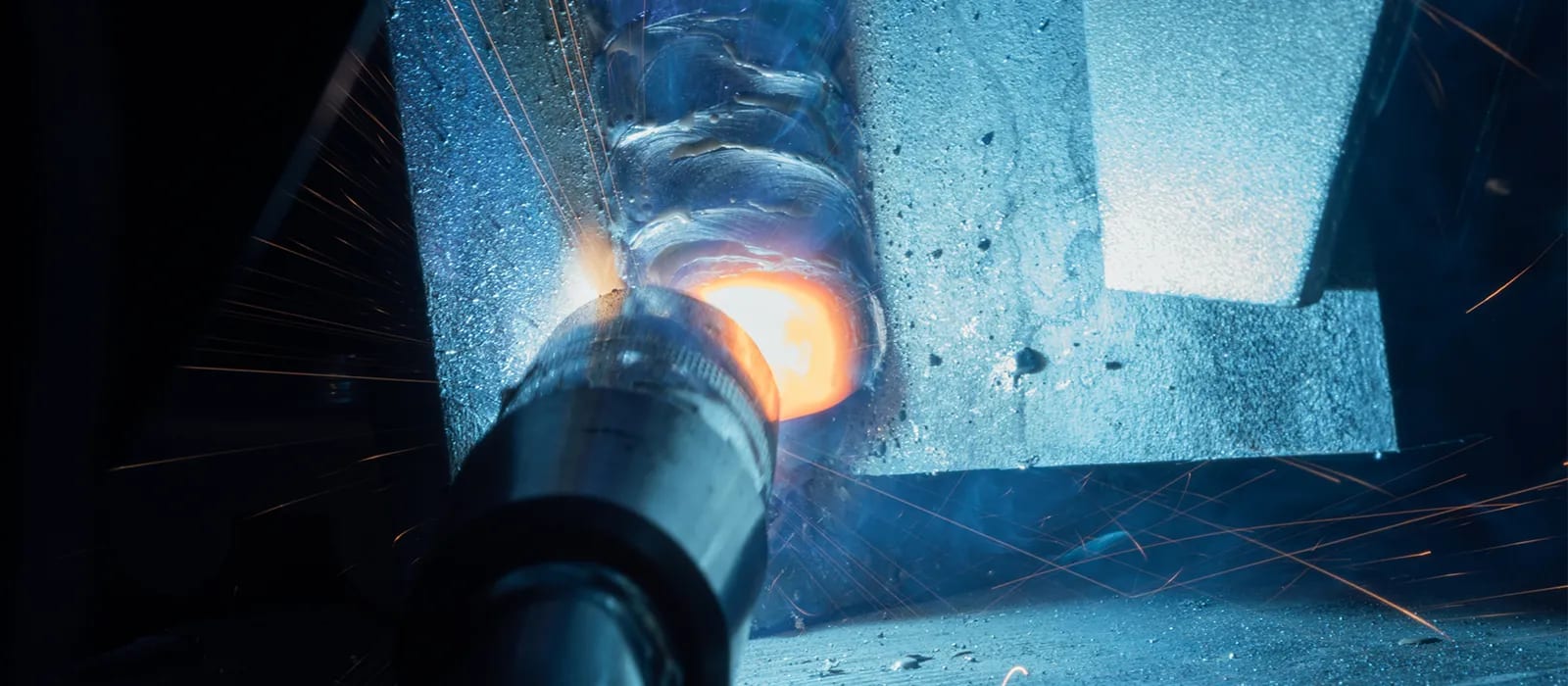Porosity in Welding: Identifying Common Issues and Implementing Best Practices for Avoidance
Porosity in welding is a pervasive issue that usually goes undetected until it triggers considerable problems with the honesty of welds. This common problem can compromise the stamina and toughness of welded structures, presenting safety threats and bring about expensive rework. By recognizing the root triggers of porosity and carrying out reliable avoidance methods, welders can considerably enhance the top quality and dependability of their welds. In this conversation, we will check out the crucial elements adding to porosity development, examine its harmful effects on weld efficiency, and review the finest practices that can be embraced to reduce porosity incident in welding procedures.
Usual Root Causes Of Porosity

Another regular culprit behind porosity is the existence of contaminants on the surface area of the base steel, such as oil, grease, or corrosion. When these pollutants are not successfully gotten rid of prior to welding, they can evaporate and become caught in the weld, causing issues. Utilizing dirty or damp filler materials can present impurities into the weld, contributing to porosity issues. To alleviate these usual reasons for porosity, comprehensive cleaning of base metals, proper protecting gas choice, and adherence to ideal welding specifications are important techniques in achieving premium, porosity-free welds.
Effect of Porosity on Weld Quality

The existence of porosity in welding can significantly jeopardize the structural stability and mechanical homes of bonded joints. Porosity produces spaces within the weld steel, compromising its general strength and load-bearing capability.
Among the key repercussions of porosity is a decrease in the weld's ductility and toughness. Welds with high porosity degrees have a tendency to show reduced effect stamina and minimized ability to flaw plastically prior to fracturing. This can be specifically concerning in applications where the welded parts go through dynamic or cyclic loading problems. Porosity can hamper the weld's ability to properly transmit forces, leading to premature weld failure and prospective safety and security hazards in critical frameworks. What is Porosity.
Best Practices for Porosity Prevention
To enhance the architectural honesty and top quality of bonded joints, what specific actions can be carried out to decrease the event of porosity throughout the welding procedure? Using the proper welding strategy for the certain material being bonded, such as adjusting the welding angle and weapon setting, can additionally protect against porosity. Regular examination of welds and prompt remediation of any concerns recognized during the welding process are essential methods to stop porosity and produce high-quality welds.
Relevance of Correct Welding Techniques
Implementing proper welding techniques is critical in making certain the structural honesty and high quality of bonded joints, building upon the foundation of effective porosity prevention actions. Too much warmth can lead to raised porosity due to the entrapment of gases in the weld swimming pool. Furthermore, utilizing the ideal welding parameters, such as voltage, current, and take a trip rate, is essential for accomplishing sound welds with marginal porosity.
In addition, next the selection of welding procedure, whether it be MIG, TIG, or stick welding, must straighten with the particular requirements of the project to guarantee optimum outcomes. Appropriate cleansing and blog here preparation of the base steel, as well as selecting the best filler product, are likewise vital components of competent welding techniques. By sticking to these ideal practices, welders can decrease the risk of porosity formation and produce premium, structurally sound welds.

Examining and Quality Assurance Measures
Quality assurance actions play a vital duty in verifying the stability and integrity of bonded joints. Testing procedures are necessary to find and prevent porosity in welding, ensuring the toughness and longevity of the last product. Non-destructive screening methods such as ultrasonic screening, radiographic screening, and visual assessment are commonly used to determine possible flaws like porosity. this content These methods allow for the analysis of weld quality without jeopardizing the integrity of the joint. What is Porosity.
Performing pre-weld and post-weld inspections is likewise crucial in maintaining quality assurance requirements. Pre-weld examinations include verifying the materials, equipment setups, and tidiness of the workplace to avoid contamination. Post-weld examinations, on the various other hand, evaluate the last weld for any kind of defects, including porosity, and validate that it meets specified requirements. Executing a thorough high quality control strategy that consists of comprehensive screening procedures and assessments is extremely important to lowering porosity issues and ensuring the overall quality of welded joints.
Conclusion
In final thought, porosity in welding can be an usual problem that influences the quality of welds. By identifying the typical reasons for porosity and applying best methods for prevention, such as correct welding techniques and testing actions, welders can ensure excellent quality and trusted welds. It is vital to prioritize avoidance techniques to decrease the event of porosity and keep the honesty of bonded structures.